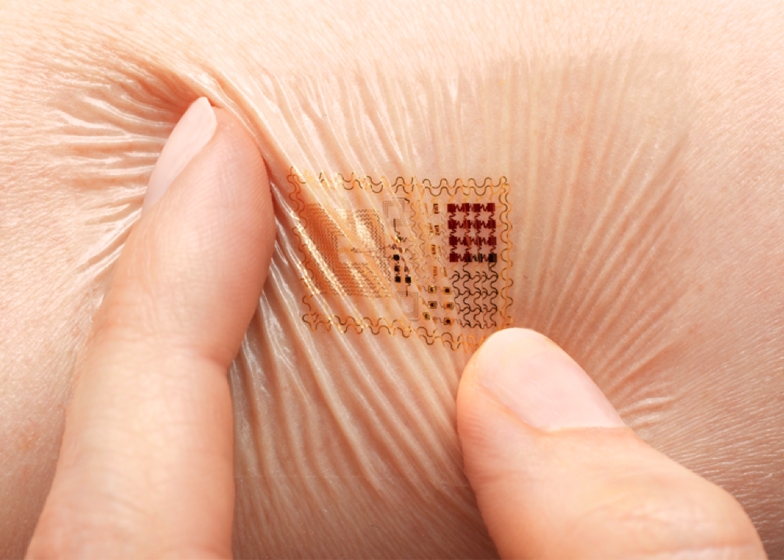Wearable Patches: Will People Wear Them?
By 2018 the wearables market is estimated to be worth around 12.6 billion dollars.
However, to date, wearables have been called “disappointing” by industry experts, and have failed to generate the levels of interest many expected.
But this doesn’t mean that we should write wearables off. Wearable tech is a work in progress, and, though existing products face many recurring problems – static cling, poor battery lives, a propensity for water damage, etc. – the next wave may be better.
One of the most exciting innovations is electronic patches. So can electronic patches change the industry’s fortunes?

Researchers at the Cockrell School of Engineering at The University of Texas at Austin have invented a way to produce inexpensive electronic patches capable of tracking a whole range of health data – including heart rate, hydration levels, muscle movements, and brain activity.
The patches are worn like a disposable tattoo, can be created for as little as one dollar, and take a mere 20 minutes produce. And since their production doesn’t require a clean room, in the future you may even be able to print them off at home.
Unlike most other fitness trackers, electronic patches have the advantage of being cheap, unobtrusive, and less prone to make motion-induced false signals and errors. These are all incredibly attractive USPs, and could potentially entice new consumers to the wearables industry.
This is all great. But the issue, as with all wearables, is whether people will actually want to wear them.
Consumers chose to wear clothes and accessories that they feel represent their character.
Apple knows this: that’s why they enlisted former Burberry boss Angela Ahrendts and former Yves Saint Laurent CEO Laurent Paul Deneve to help develop the Apple Watch.
LVMH knows this: that’s why they recently announced plans to create a rival to the Apple Watch, to create a popular wearable by prioritising design over tech.
But disposable tattoos are hardly chic. Still, if the producers of electronic patches can make them desirable and cool, or make them almost completely unnoticeable, then they may succeed in getting people to wear them, and in doing so, may transform the wearables market.
Do you think electronic patches represent the future of wearables?
Email us your thoughts.
